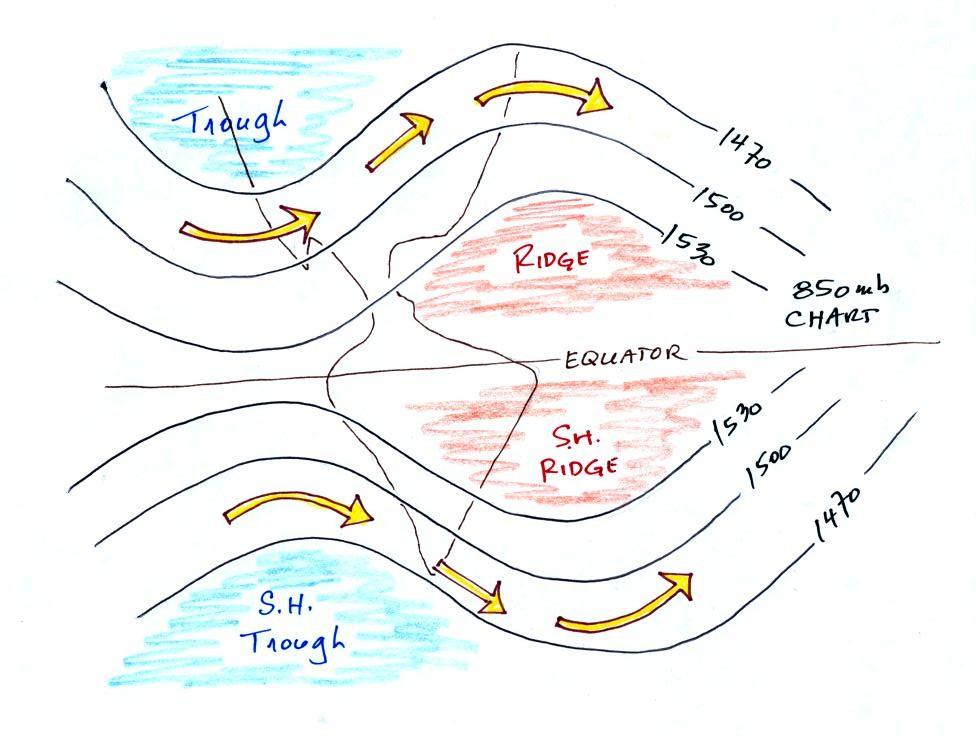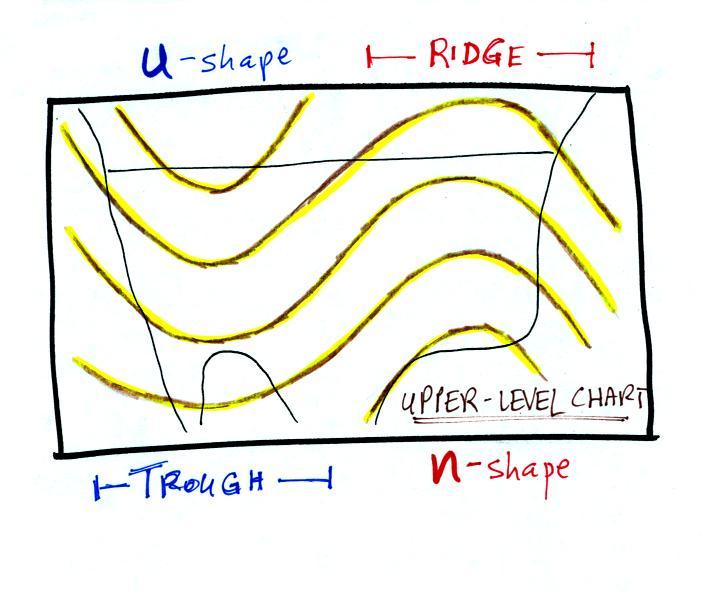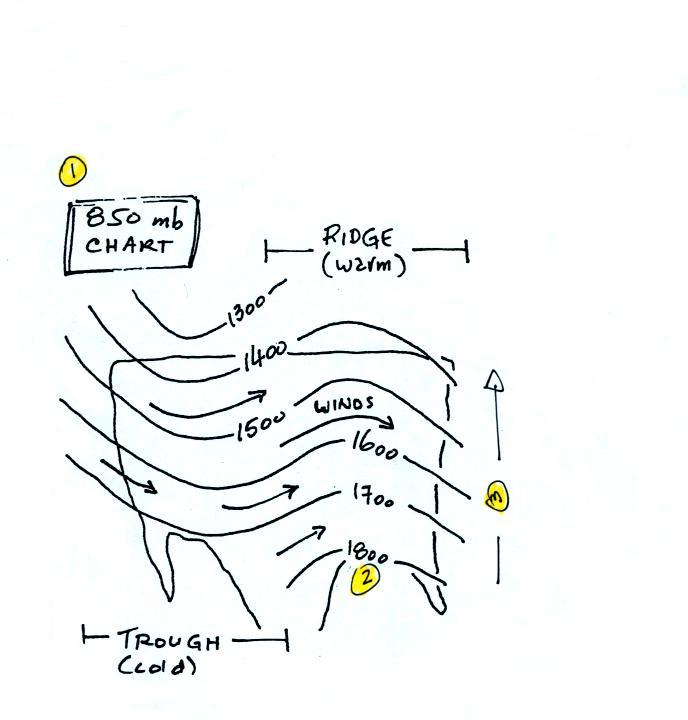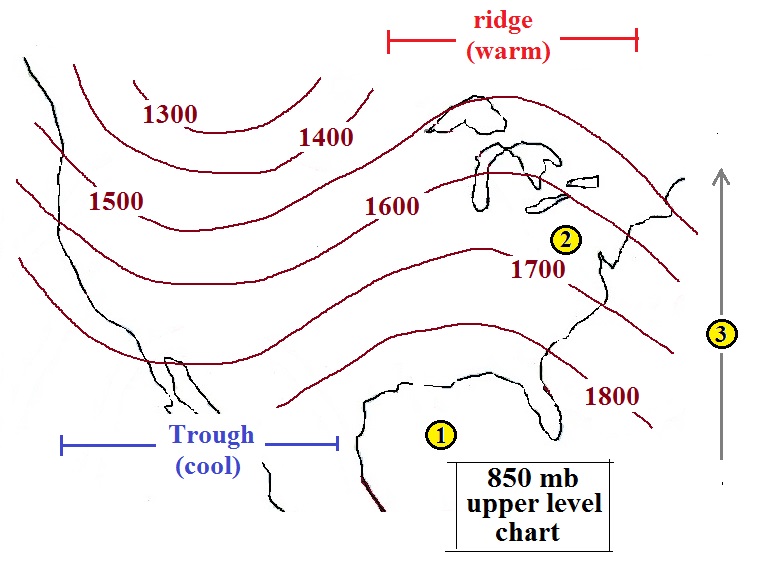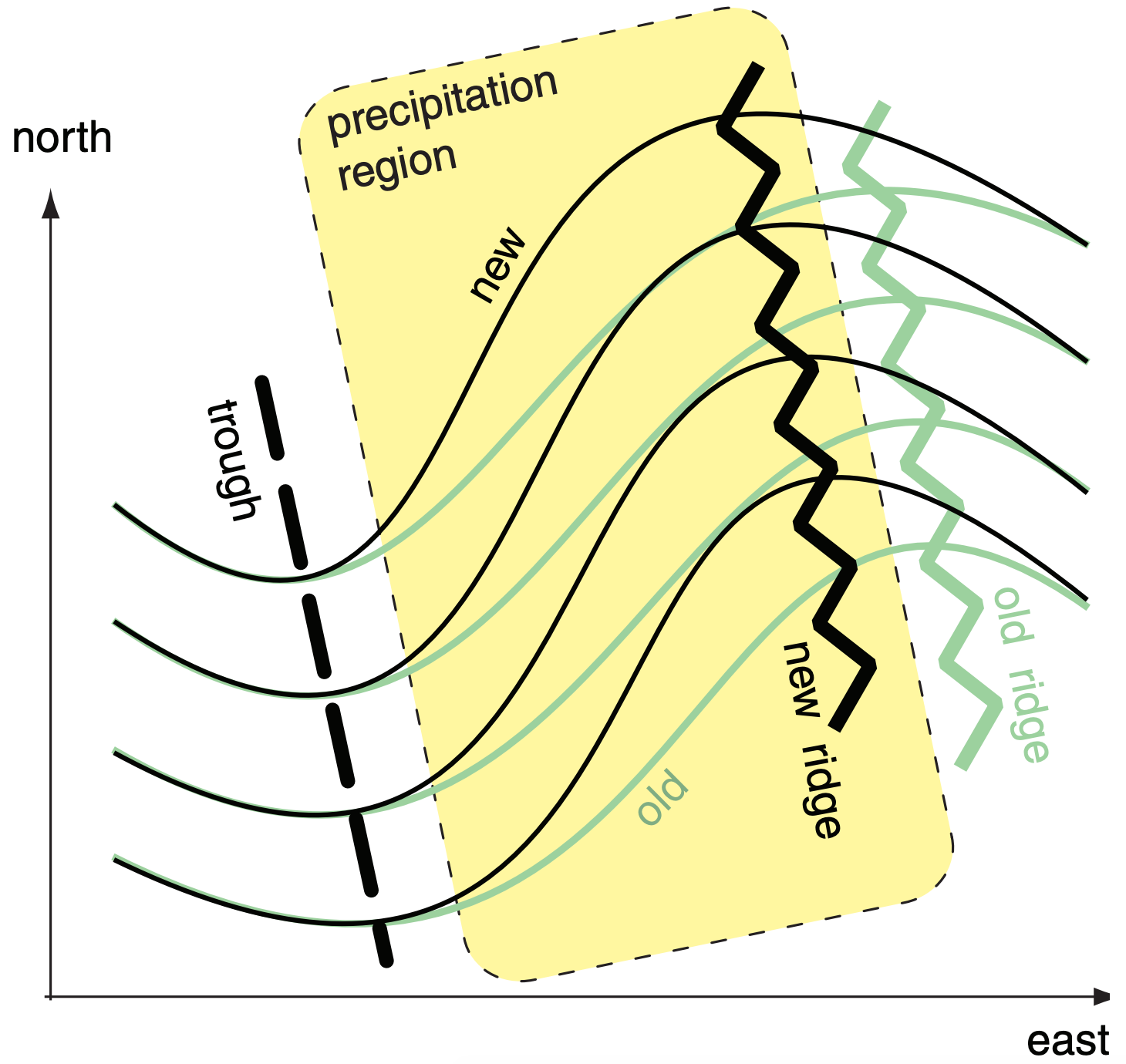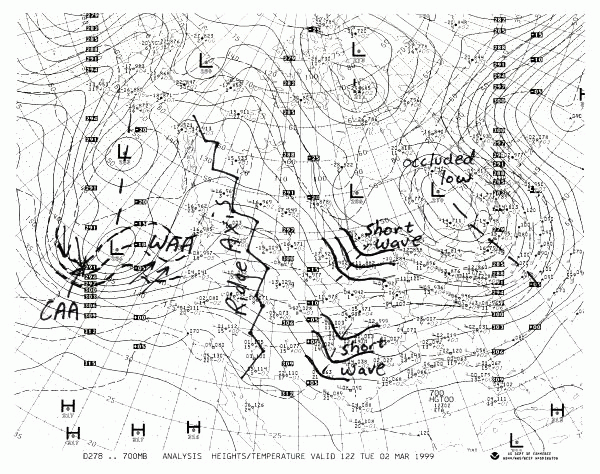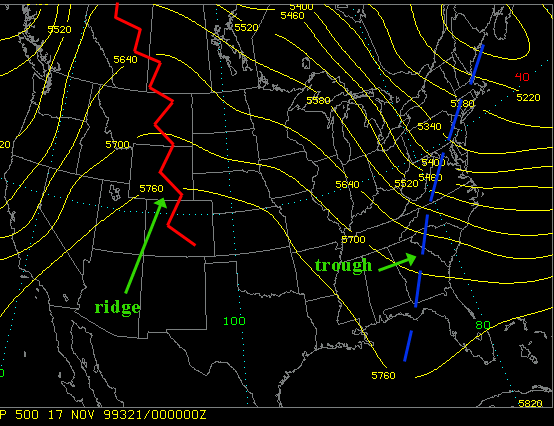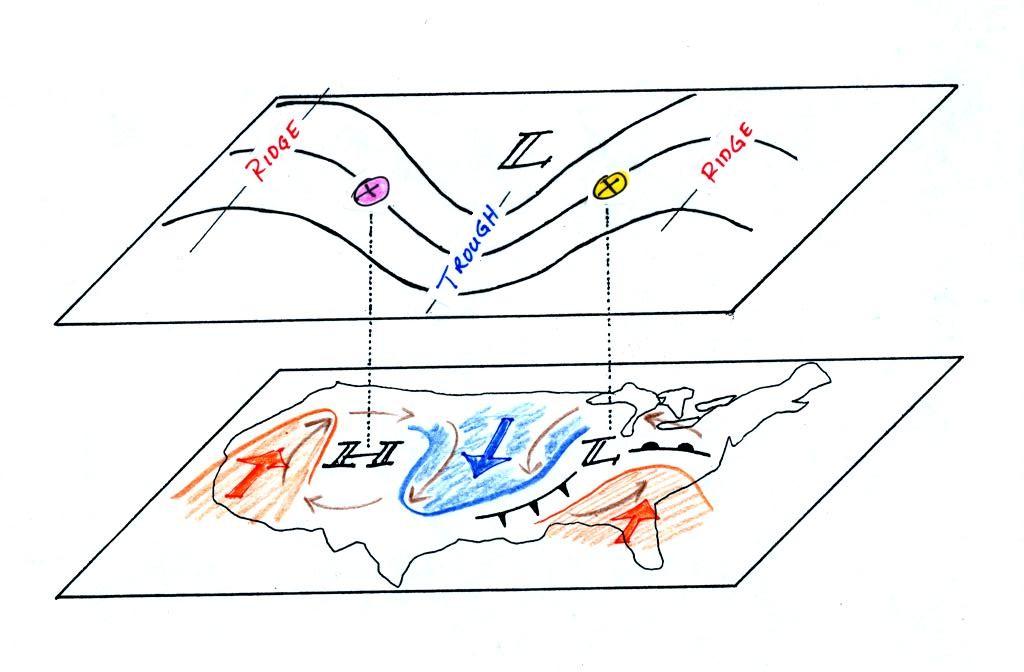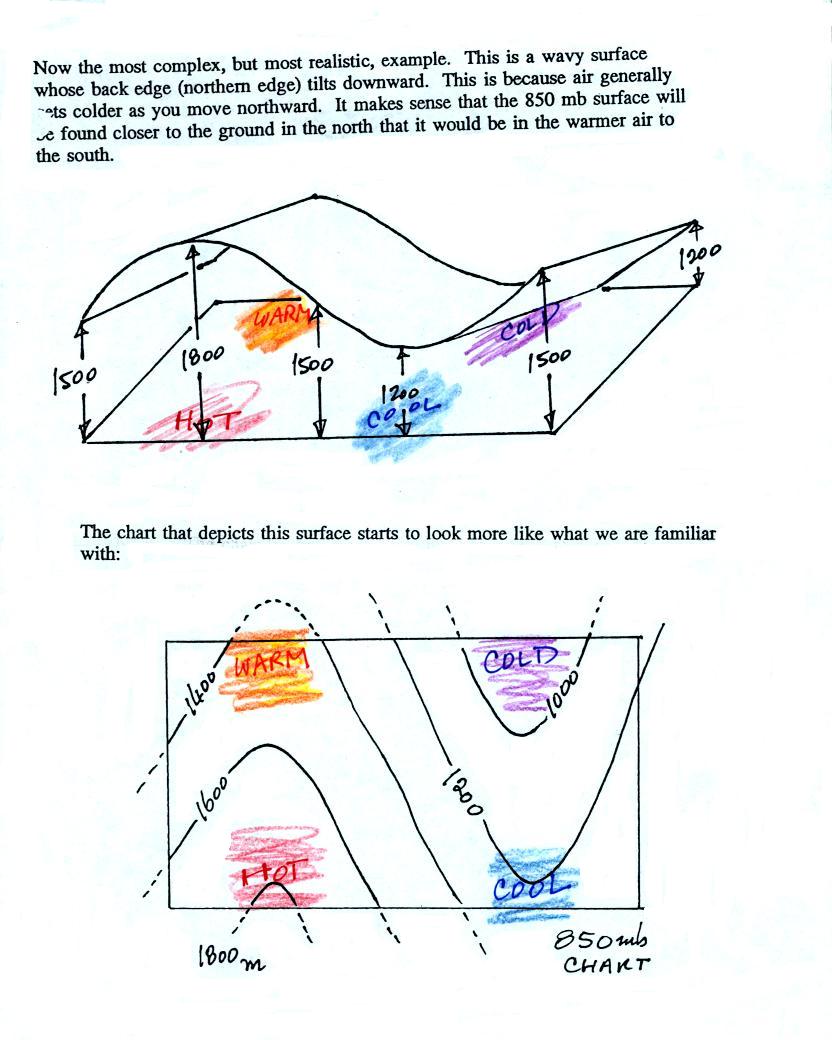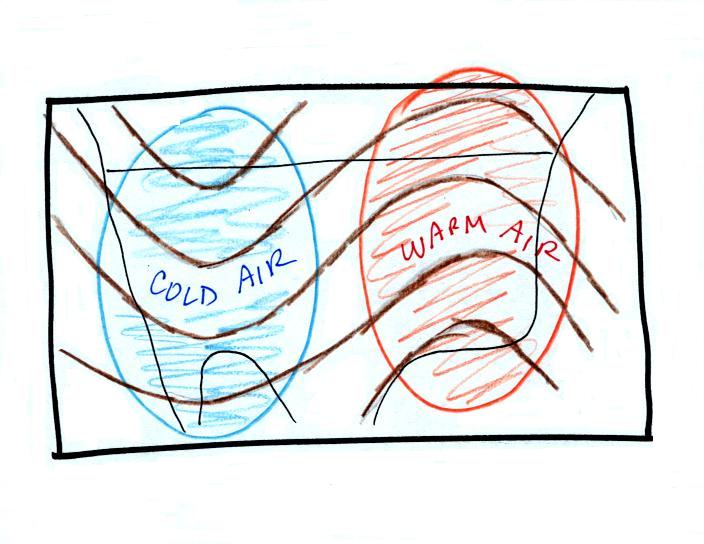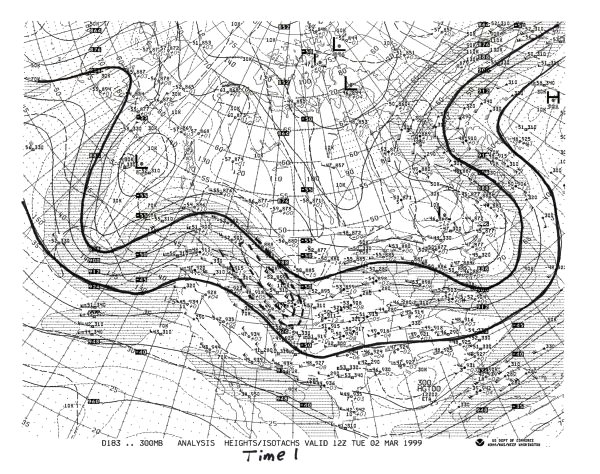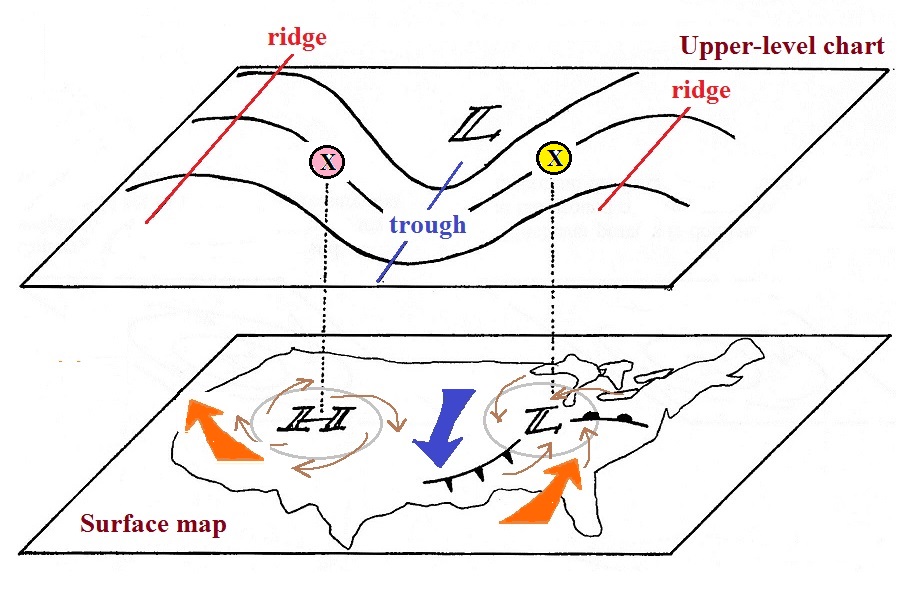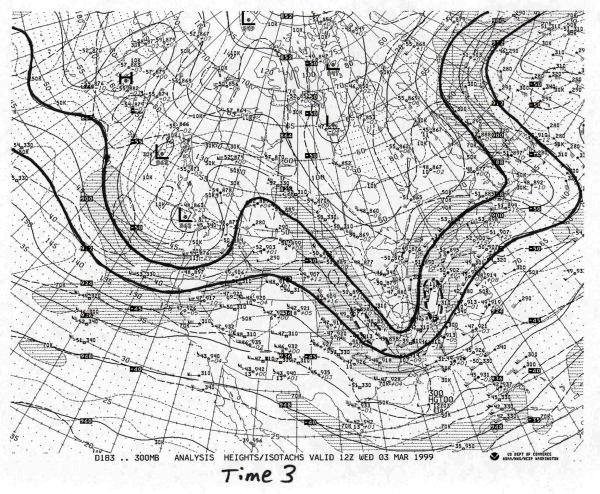A Ridge On An Upper-level Isobaric Chart Indicates
A ridge on an upper-air isobaric chart indicates ____.
A ridge on an upper-level isobaric chart indicates. In terms of steering surface weather the location of ridges and troughs and the distance between height contours will determine the expected trajectory of low pressure systems. A ridge on an upper-level isobaric chart indicates Troughsareproducedbylargevolumesofcoolorcold airthe cold wait is found in between the ground and also the upper level the themapdepicts. You are watching.
A surface low pressure center is generally associated with ____ on an upper-air isobaric chart. A trough to its west. A surface low pressure is generally associated with a on an upper level isobaric chart.
Isobars are lines of equal or constant pressure. A trough to its west. A ridge on an upper-level isobaric chart indicates.
A ridge on an upper-air isobaric chart indicates. For example upper level troughs indicate cooler conditions and ridges indicate warmer conditions. Ahigher-than-average heights Blower-than-average heights Caverage heights Da region with calm winds Ea region with strong winds Ask a new question.
A region with calm winds. A surface low pressure center is generally associated with on an upper-air isobaric chart. Extreme care is essential in isobaric analysis.
When the isobaric analysis is completed the pressure pattern with its highs lows troughs and ridges will have been depicted. If in the Northern Hemisphere the upper level winds above you are blowing from the south then it is a good bet that a trough of. Divergence Question 2 Warm air aloft is associated with constant pressure surfaces that are found at ____ altitudes than normal and ____ normal atmospheric pressure aloft.
This is where the two ridges on the upper level chart are also found. The fundamental laws of motion were formulated by. What does a ridge on an upper-level isobaric chart indicate.
This cold air is being moved into the middle of the US by the northerly winds that are found between the HIGH and the LOW. A wind blowing at a constant speed parallel to straight line isobars with the pressure gradient force PGF and the Coriolis force in balance is called a ____. A surface low pressure center is generally associated with ____ on an upper level isobaric chart.
A ridge to its north. You expect to find cold air below an upper level trough. On an isobaric weather chart the spacing of the height contours indicates the magnitude of the pressure gradient force.
Strong ridges are usually associated with warm and dry surface weather. A region with calm winds. On Northern Hemisphere upper air charts these ridges can be identified as regions where the height contours deviate far to the north.
A ridge on an upper-level isobaric chart indicates. Because of the contour patterns the higher altitude regions representing poleward intrusions of warm air are identified as ridges. On the surface chart they are drawn connecting points of equal sea level pressure.
Higher than average heights. A surface low pressure center is generally associated with ____ on an upper level isobaric chart. A ridge on an upper-level isobaric chart indicates.
Higher heights means warmer air. If the amplitude of upper level ridges and troughs is large they can create blocks.
